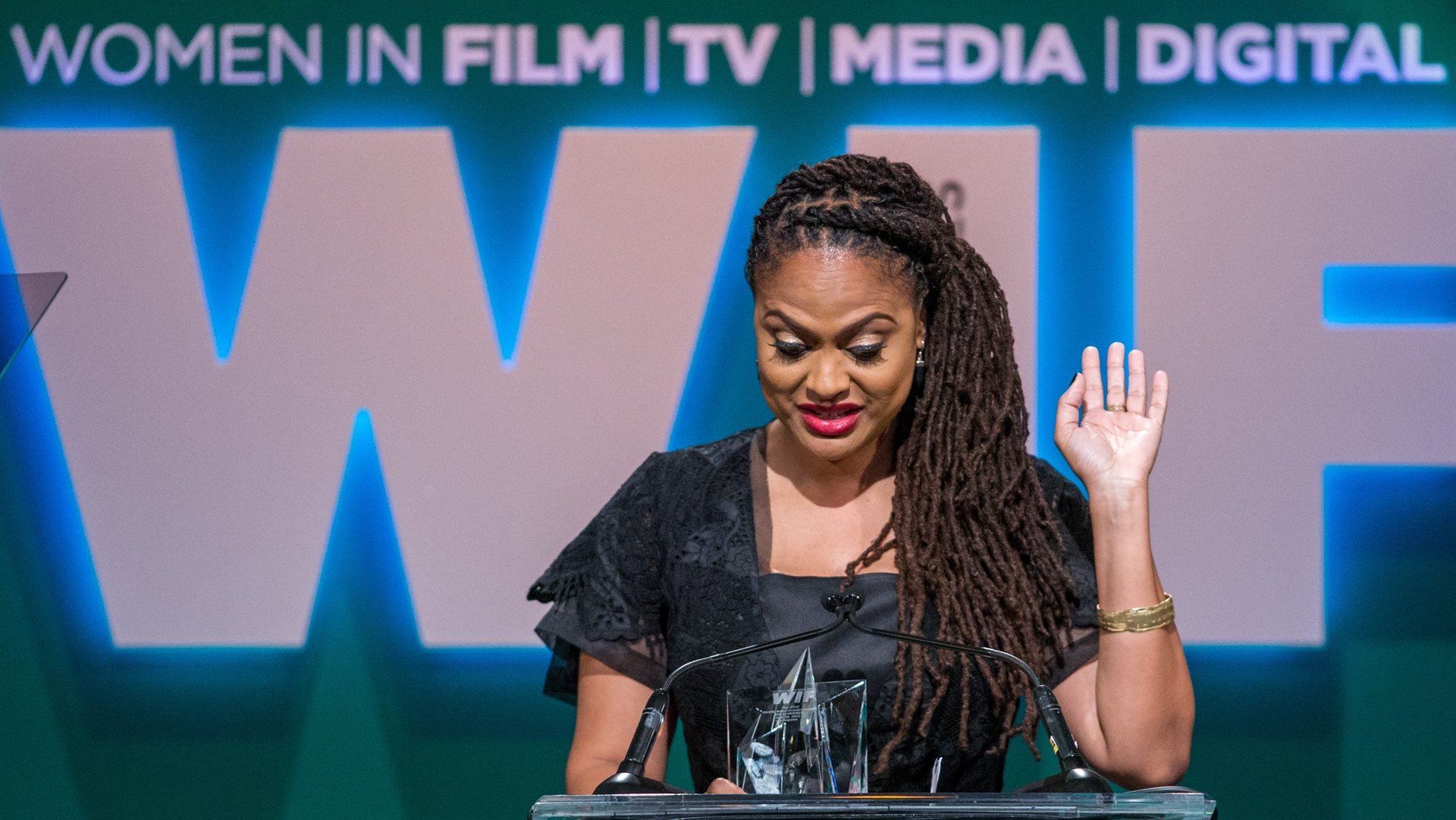Hollywood won’t solve its sexual abuse problem until it has more women bosses
The only good to come out of the extensive sexual abuse allegations against Hollywood executive Harvey Weinstein, which have now spread to other powerful men across the industry, is that they’ve started a dialogue about how to prevent more Harvey Weinsteins. But the film industry has decades worth of deeply entrenched sexism to account for, so fixing the problem is likely to be a long and frustrating process.


The only good to come out of the extensive sexual abuse allegations against Hollywood executive Harvey Weinstein, which have now spread to other powerful men across the industry, is that they’ve started a dialogue about how to prevent more Harvey Weinsteins. But the film industry has decades worth of deeply entrenched sexism to account for, so fixing the problem is likely to be a long and frustrating process.
“Hollywood” doesn’t meet in a room every month and decide on rules that affect everyone working in the film industry. So how does change happen? What tangible things must occur in order for this problem to end?
Filmmakers, actors, and fans have stepped forward in the wake of the Weinstein allegations and offered various answers: establish a commission to study the issue and enforce “zero tolerance policies” for abusive behavior, ask male allies to speak out firmly and regularly, and encourage more stories by and about women.
How these changes might take place is another question to consider. Should talent agencies enact gender quotas? Should SAG-AFTRA, the union that represents more than 100,000 Hollywood workers, set rules for its members? (No meetings with male executives in hotel rooms, for instance.) Should the Academy of Motion Picture Arts and Sciences form its own tribunal?
The obvious conundrum with Hollywood’s attempt to reform itself is that its current executives and decision-makers, who are overwhelmingly male, can’t, or perhaps shouldn’t, be expected to solve the problem they’ve allowed for so long to occur—and in some cases actively participated in.
To solve the problem, Hollywood needs new executives and decision-makers: women. Nothing of substance will get done until there are more women bosses in every department, and at every level, of the film business.
This is not to say the powerful men of Hollywood are simply off the hook and should just get out of the way and let women clean up the mess they’ve made. Male actors, directors, producers, and studio executives still have to be part of the solution and continue to work with women on making the industry a safer environment.
But hiring and promoting more women in positions of power would sure be a start.
Groups like Women in Film have long called for mandated gender-equal boards and inclusive hiring practices. The onus, however, is on film directors and executives to listen to these equality advocates and actually make a point of putting more women in important roles.
There have been a few encouraging signs from male leaders in the industry: Director and producer J.J. Abrams, for instance, created a hiring system at his production company that considers women and minority candidates in proportion to the US population. Last year, Ryan Murphy, creator of American Horror Story, launched the Half Foundation, whose goal is for 50% of directors to be women and people of color.
Still, it’s not nearly enough. Just 7% of the 250 highest-grossing films in 2016 were directed by women—a 2% drop from 2015 despite all the increased awareness of the equality issue. Awareness, on its own, isn’t enough either.
As of 2015, film studio heads were a truly pathetic 100% male and senior management was 83% male, according to a report from UCLA’s Bunche Center for African American Studies (which, you won’t be shocked to learn, also found that the industry is overwhelmingly white). TV didn’t fare much better: Network heads were 71% male, and senior management was 73% male.
Hollywood won’t ever truly change for the better until those numbers change first. Other solutions like forming commissions and rallying men to speak out might help create a safer environment for women in the short term, but the sickness plaguing the film industry can’t be cured until more women get to call the shots and create a safer and more positive working culture.
One small victory: Roy Price, the content head of Amazon Studios, was forced to resign this week amid allegations of sexual harassment against him. Amazon is expected to hire a woman to replace him.